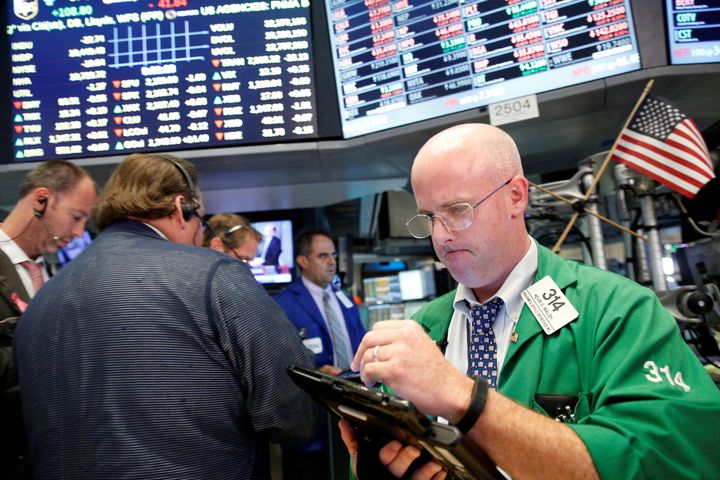
The U.S. economy grew far less than expected in the second quarter as inventories fell for the first time since 2011, but a surge in consumer spending pointed to underlying strength.
Gross domestic product increased at a 1.2 percent annual rate after rising by a downwardly revised 0.8 percent pace in the first quarter, the Commerce Department said on Friday. The economy was previously reported to have grown at a 1.1 percent pace in the first quarter.
Economists polled by Reuters had forecast GDP growth rising at a 2.6 percent rate in the last quarter.
While the drop in inventories weighed on GDP growth last quarter, that is likely to provide a boost to output for the rest of the year. The Federal Reserve said on Wednesday that near-term risks to the economic outlook had “diminished.”
The government also published revisions to data going back to 2013 through the first quarter of 2016. The revisions partially addressed measurement issues, which have tended to lower first-quarter GDP estimates. GDP growth in the first quarter of 2015 was revised sharply higher to a 2.0 percent rate from the previously reported 0.6 percent pace.
Consumer spending was responsible for almost all of the rebound in GDP growth in the second quarter. Consumer spending, which accounts for more than two-thirds of U.S. economic activity, increased at a 4.2 percent rate. That was the fastest pace since the fourth quarter of 2014.
That rate of growth is probably unsustainable, but economists say a tightening labor market, rising house prices and higher savings should underpin spending for the rest of 2016.
Inventory accumulation by businesses fell $8.1 billion in the second quarter, the first drop since the third quarter of 2011, down from a $40.7 billion increase in the first quarter.
As a result, inventory investment subtracted 1.16 percentage points from GDP growth in the last quarter. It was the fourth straight quarter that inventories weighed on output.
But the smaller inventory build is a good signal for growth in the coming quarters.
Despite the lingering effects of the dollar’s rally and weak global demand, exports rose in the second quarter, helping to narrow the trade deficit. Trade added 0.23 percentage point to GDP growth.
